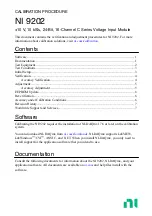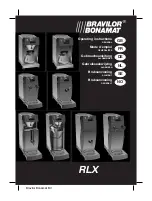
Modules
R&S
®
OSP
54
User Manual 1178.7100.02 ─ 05
Manufacturing an electromechanical relay of this type is more complex and hence
more expensive than a monostable electromechanical relay. However, operating a
bistable or multistable electromechanical relay can be significantly more economic,
because it does not consume electrical power between the switching procedures.
Bistable electromechanical RF relays are called "
latching
", because the switching
state persists, if without power.
Both monostable and bistable electromechanical relays have their own drawbacks and
advantages, which you must observe for reaching a defined switching state at power
failure. Disregarding these relay properties can lead to undefined and possibly danger-
ous situations, for example human exposure to amplified RF radiation in a test system.
It is in your responsibility to avoid such situations. We recommend that you safely
avoid any possibly dangerous situation by the design of your system, in which you use
the relays.
Solid-state relays
(SSR) are sometimes considered monostable, too, but SSRs are
not "failsafe".
Chapter C, "Off/On Switching States of Various Relays"
Terminated vs. non-terminated ports
Terminating a non-activated RF port with a load of matched impedance (here: 50
Ω
)
avoids reflection of RF power and hence avoids possible detrimental effects on system
performance.
The ports of electromechanical RF relays can have internal or external termination.
See also
"Preventing overload on internal terminations"
Termination in SSRs:
●
In an SSR, terminated ports are called "
absorptive
" or "absorbing".
In contrast, the following SSR ports are called "
reflective
":
●
Open (non-activated) ports
–
With a short to ground
–
With a non-matched termination
–
Without termination
●
Ports with a non-matched external termination
For information on modules with port termination, refer to the R&S
OSP data sheet.
The R&S
OSP can supply a maximum current of 800
mA at 28
V
DC per module bus
cable to the modules. The maximum total current for all slots in the switch unit is 10
A.
For module data and base unit data, refer to the data sheet.
















































